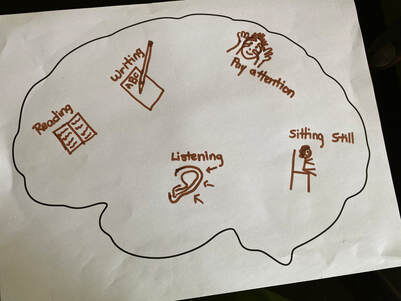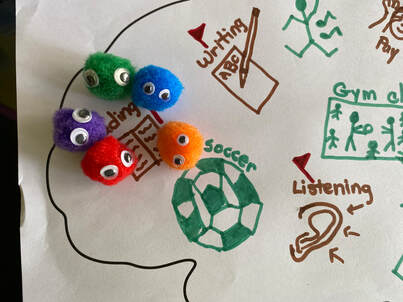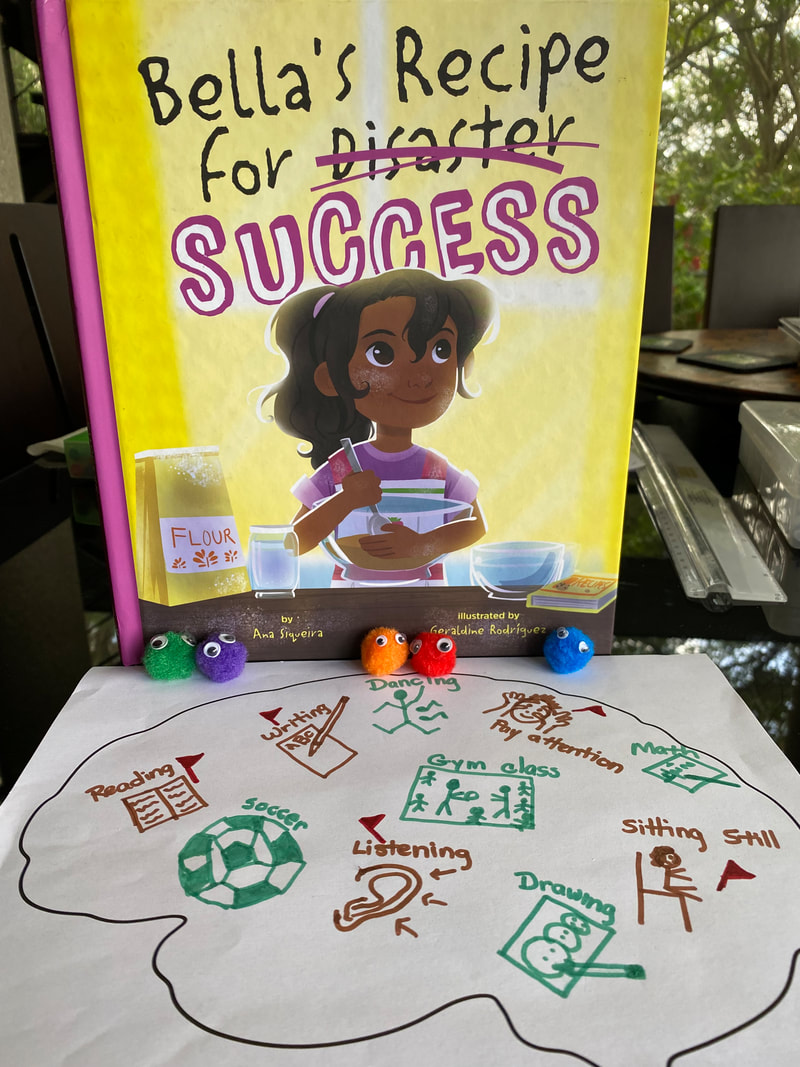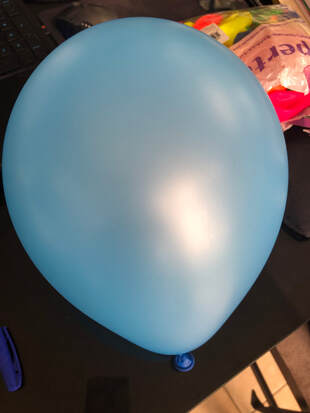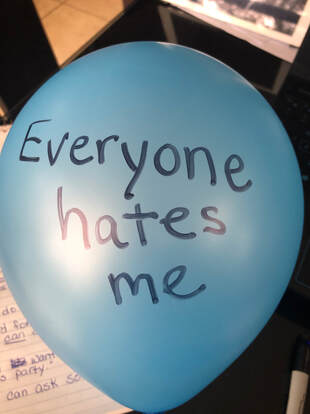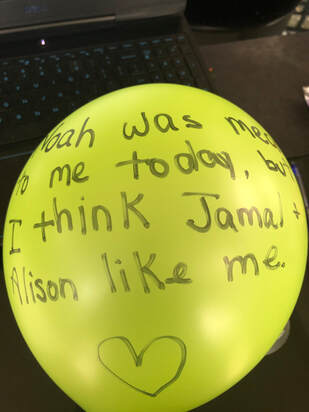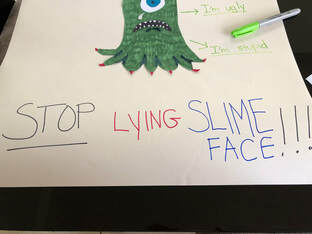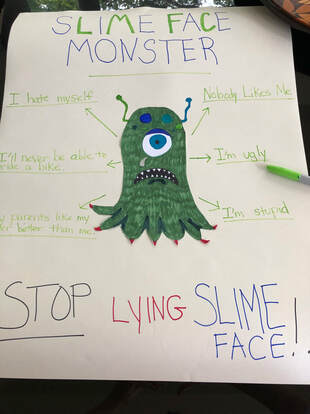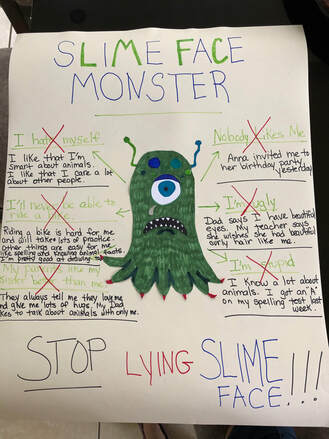A Book Review of Bella's Recipe for Success
Bella, the main character, upon witnessing the special skills of her siblings, searches for her own strengths. However, after half-hearted attempts at gymnastics and piano-her sibling's skills-she comes up empty. Then she decides that maybe baking is an area in which she can excel, like her abuela (grandmother). After much frustration and discouragement with her baking attempts, she persists. In fact, she tries so many times that I'm pretty sure she ran out of vanilla in the process! And with a nice touch by the illustrator, she made a major flour mess along the way (that I can totally relate to!). Eventually, Bella gets the recipe just right and all of her practice is rewarded with delicious cookies (oops, until she trips on the cat and they go flying across the room!). Through this story, Ms. Siqueira highlights the universal lapses of self-confidence that touches all of us from time to time. When we see others' successes, we may become discouraged, or even a little envious. Sometimes it seems that a certain skill comes easy for another person. We don't see the grit and hard work that the person plowed through to get to that skill level. But, if you've lived long enough, you know that nothing in this world comes easily. Everything takes hard work and lots of practice, which is the message of the book. Although, let's face it, even though EVERYTHING takes practice, we all do have strengths and weaknesses (or challenges). These are based on heredity, innate neurological functioning and/or early learning experiences. Certain skills may come a little easier for us than other skills. To borrow wisdom from abuela in the book, "We're all good at different things." As a side note, I especially love the value placed on the wisdom and experience of the abuela in the story, which in our culture of technology has become undervalued. While reading about Bella, I thought of the many kids I have encountered in my practice. Many of whom have experienced more than their fair share of defeat in life. That defeat may be due to their family circumstances, physical disabilities, mental health challenges or learning disabilities. Therefore, the themes raised in this book may become more pronounced for them, as their self-esteem has suffered. The common response of many of these children when confronted with a challenge often is "I can't." Therefore, this book would be especially helpful in these circumstances. Often kids with learning disabilities, for example, compare themselves to other students in their class and feel inadequate. When working with these kids, I encourage them to explore their own strengths instead of dwelling on their challenges. For example, maybe reading is difficult for you, but you have a real science mind. Maybe you struggle with math, but you are a great soccer player. Maybe you don't walk well due to your disability, but you are a reading whiz. Maybe you struggle with paying attention, but you have amazing art skills. Maybe you lose your temper easily, but you have a great sense of humor. A general idea on how I present this concept to kids is as follows: Some parts of our brains (challenges) don't work as well as other parts (strengths). So, those challenge parts have to depend on other parts of the brain to kick in and help. I refer to those helpers in the brain as "brain buddies." In order to get the "brain buddies" to work together, it takes much extra work and time, and can be frustrating. But, many skills that are hard for us are very important. So, we can't let the "brain buddies" give up. When we practice, we cheer on the "brain buddies!" However, other parts of our brain, our strengths, work well and don't have to rely on the 'brain buddies' to help out. Those things still require much practice, but maybe aren't as frustrating to master. Displayed below, is a project using the above concept. This works well with kids that struggle with defeat. It is a perfect accompaniment to this book. Bella's Recipe for Success is about hope. Hope in our abiities to accomplish things and confidence in our abilities to contribute to the world in some way. Our mental health depends on this! If you'd like to try your own hand at baking, Bella's special ethnic recipe is included at the back of the book! To purchase this book and to check out upcoming books by the author, Ana Siqueira, click here. An Activity Idea for Bella's Recipe for SuccessFirst of all, of course make the polvorones from the recipe in the book. You can snack on those while doing the project below! Remember, if you mess them up the first time, try, try again! In this month's project, we are going to talk about our own challenges and strengths, and draw them in our brain. Then, we are going to make warm and fuzzy "brain buddies" to help out with our challenges when needed. The "brain buddies" represent other parts of the brain that we need to access to help the part of the brain that is struggling. This is especially helpful for kids with learning problems. This project helps demonstrate why learning some skills is harder and takes longer to master than others. And, of course, to normalize the fact that we all have our challenges and strengths. Enjoy!
4 Comments
A Book Review of Catching Thoughts
Catching Thoughts is an empowering picture book for children ages 4 - 8. The author, Bonnie Clark, introduces thoughts using a balloon analogy, which helps children think more tangibly about this abstract concept. The main character starts out with "just a teeny, tiny, little thought" that grew into a bigger and more bothersome thought that took over her mind. "It seemed like there was no more room in my head for anything but the one horrible thought." After many attempts, she was unable to get this big, negative thought out of her mind. When she acknowledged the thought, she was able to see that it wasn't as powerful as it appeared. Only then was she able to catch other thoughts that were more positive. When the negative thought started to come back, she simply acknowledged it and "gently pushed it to the side." This is an important insight in dealing with negative thoughts. They can't be forced out, but if they are acknowledged and consciously set aside, one is able to make room for accepting more positive thoughts. Through her empowering language, Ms. Clark demonstrates to children that they have a choice to change their negative self-talk. The illustrator, Summer Macon, does a wonderful job with the pictorial representation of the change in mood and behavior using color, facial expressions and actions that corresponds to pulling in positive thoughts. I strongly recommend this book to help children learn, and adults remember, the power they have over their thoughts. To reinforce the concept of replacing negative thoughts with positive ones, I have included an activity below. To purchase the book or find fun activities, check out the author's website here. Activity Idea for Catching Thoughts Materials needed: -pen/pencil -paper -Balloons (various colors) -Black permanent marker -string -scissors
A Book Review of Brianna and the Blue Monster Brianna and the Blue Monster: A Cognitive Behavioral Story for Children with Depression Written by Patience Domowski, LCSW The rates of depression in children have been rising over the past several years. Most of us don't want to believe that children can suffer from depression, especially severe depression. However, it is a reality. We are not talking about the minor day to day sadness and disappointments that all children experience. We are talking about clinical depression. It is crucial to treat depression in children. Untreated depression can pose a risk of suicide at that time or later in life. As shown through this book, Briana and the Blue Monster, depression can be treated effectively. Depression in children can be more difficult to recognize than in adults. As children have not yet mastered how to describe their feelings, they may have difficulty verbalizing their deep feelings of sadness and hopelessness. Below are signs of depression in children. All of these symptoms do not need to be present to meet the diagnosis. The symptoms need to be present for most days and the duration at least two weeks. If you suspect depression in your child, it is important to get therapeutic help as soon as possible. Signs of Depression in Children: 1. Irritability and anger 2. Loss of interest in activities that used to be fun for them 3. Physical/body symptoms including aches and pains, stomach aches, headaches 4. Restlessness or Fatigue 5. Difficulty separating from parents 6. Withdrawal from social activities 7. Difficulty concentrating 8. Talking about death/dying, giving away favorite possessions 9. Sleep increase or decrease 10. Appetite/Weight changes 11. Low self-worth 12. Frequent crying and sadness for no apparent reason In her book, Brianna and the Blue Monster, Patience Domowski presents the common thoughts and feelings of young children with clinical depression. It is not a traditionally published storybook, but more of a tool for therapists and/or parents to use specifically for children suffering from depression. It explains the concept of depression in a manner that kids can understand and not feel so alone. The book appears appropriate for children ages 4-9. Ms. Domowski does a great job showing how a child's feelings can manifest in the home and school environment. She does not shy away from the severe symptoms that some children can experience, such as the thought "...maybe I should never have been born." The book portrays understandable concern on the part of the parents and family and how they take action to help Brianna. I especially like how Ms. Domowski describes, in a kid-friendly manner, the purpose of a therapist and the typical experience in a therapist's office. The most important part of this book is the skillful way in which this author introduces cognitive-behavioral therapy at a level useful and fun for a young child. She describes negative self-talk as an imaginary monster in your head that tells you bad things about yourself. She presents activities to help children defeat this lying monster. It is a very creative approach to applying Cognitive-Behavioral Therapy to young children. She also introduces role-playing techniques and other helpful activities to help children that are suffering from depression. The ending to this book is very hopeful. There are questions and activities at the back of the book for further exploration and treatment. I recommend Brianna and the Blue Monster and the presented activities for therapists to use in their practice with children suffering from depression. I recommend it for parents as a way to help their child understand their problems with depression and to present the idea of going to a therapist. This book should not be read independently by a child, but rather with a parent or therapist in a supportive manner. Even though there are many valuable activities presented in the book, I have added an additional activity in this post as an extension to the concepts in this book. Patience Domowski, LCSW, is a Clinical Social Worker practicing in Chester County, Pennsylvania. She has written several books with mental health themes for children and a book on parenting. Check out her website at patiencesbehaviortherapy.com. Activity Idea for Brianna and the Blue MonsterMaterials Needed: Poster board or large paper markers/crayons scissors glue
|
Follow me on Twitter, Pinterest and LinkedIn
Categories
All
|
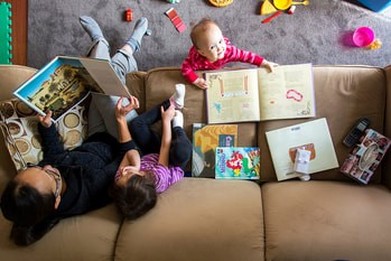
 RSS Feed
RSS Feed



